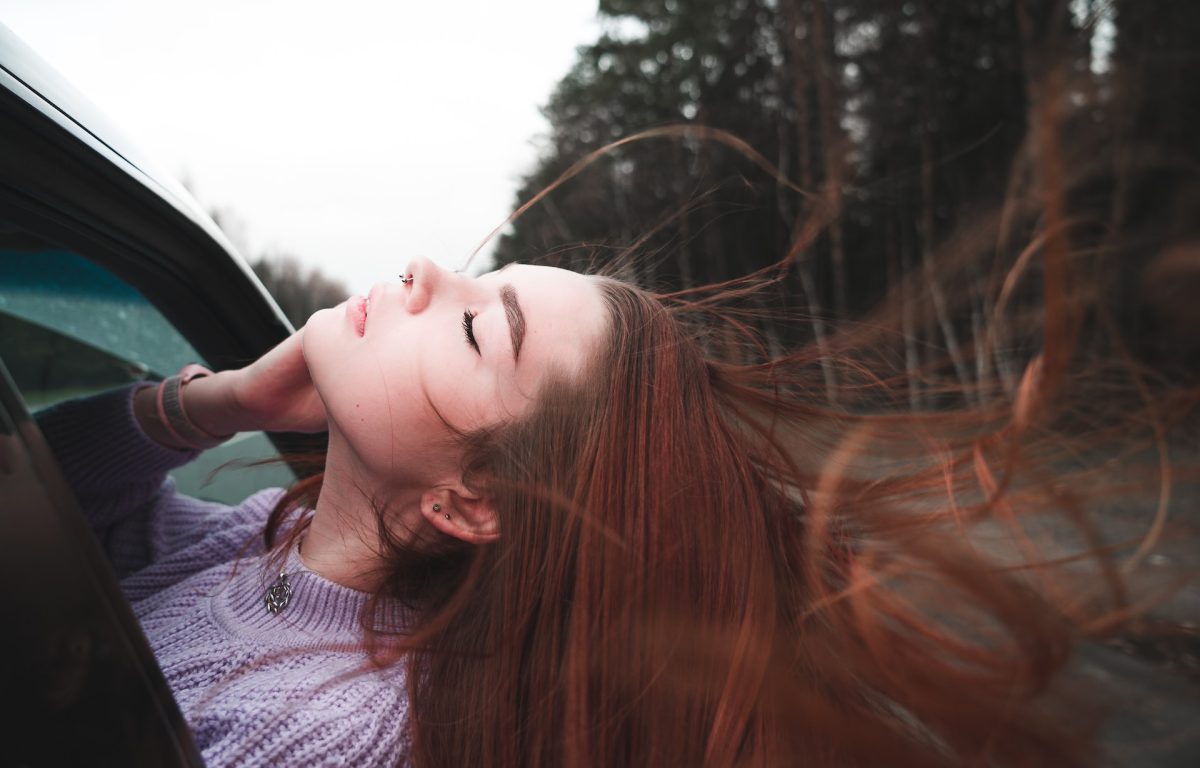If you struggle with mindfulness, you are not alone. All of us do at some point, and learning how to do it can be easier than you think. You just need to learn a little bit more about it. When it isn’t explained to you properly, it can be hard to understand what others are telling you to do. The media bombards us with messages of being mindful, but how exactly do you do it?
Facts
Being mindful is a huge stress reliever. It helps focus your energy in one direction. It makes you more aware, of both yourself and of your surroundings. You can manage your emotions better. You can tackle more challenges. Learning to be mindful takes time. And you need to practice on a regular basis.
Engaging the Senses
One of the best ways to be mindful is to do exercises that focus on your senses. By going through your senses, you can easily find a way to focus your thoughts.
Start by trying to take a moment in your day to notice the smells around you. Is that apple pie baking in the oven? Did someone in the office just brew a fresh pot of coffee? Is it a smell you like? And if not, why? Smells can be powerful triggers to our emotions, so trying to find a powerful scent that you like, can help bring feelings of calm or happiness.
Moving to our other senses, notice the textures of the clothes you are wearing. Are they different to one another? Do you see any other textures in your surroundings that would feel differently to the touch? Textures are everywhere and touching them can help you be in the moment. Run your fingers through the dirt of a plant, hold a rock in your hands, walk barefoot through the grass, or explore how different materials feel when you touch them.
Auditory stimuli – what sounds do you hear in your immediate surroundings? Can you hear anything beyond that? Or is the silence deafeningly loud? Sound can really impact how we feel, both good and bad. Have you ever noticed that on a busy day at a mall, you leave feeling drained of all your energy? A big part of that is the overstimulation of sound, with each store blasting it’s own music, and people screaming over the speakers to talk to their friends. Now turn that into a positive. When you listen to a song you like, what about it pleases you? Is it the instruments, the lyrics, or the overall feeling it gives you?
On a busy day, take a few seconds here and there to close your eyes and block out the visual stimuli. It is often all your eyes need to reset. When you open them, notice the objects around you. What are the shapes and sizes? Do you like looking at organized spaces, or are you content in cluttered spaces? By looking at the elements in your sightline, you can start to appreciate the relationships between them, and how you interact with them. Do you need to add a pop of colour to make your space more exciting? Have you considered having a photograph of loved ones on display to look at when you need to feel supported?
And lastly, taste. Whenever you are drinking or eating, take a few moments to consider what you are consuming tastes like. Often times we rush to get through our meals to return to work, or deal with busy activities, like running around driving family members here and there. Not only is that bad for your digestion, but you do not get the most of what you consumed. Think of food and beverage beyond the basic requirements of nutrition. Appreciate the different ingredients and the flavours that come through. If something isn’t quite the best, what can you do to make it taste better next time? A little more salt? Or perhaps trying a new spice out?
By using the senses, you are using a tool that is always with you no matter where you find yourself.
Other activities
Another tool that is great to improve mindfulness is journaling, or the alternative art journaling. At the end of the day, reflect on what has transpired (good and bad), you can state your intentions for the coming day, and be grateful. By giving the day’s events a moment of your time, you subconsciously resolve any issues, and by intentionally allotting time for that activity, you can ignore those things throughout the day.
Focusing on your breath is another form of mindfulness. Some tell you to meditate, but not everyone can do it. Everyone does breathe and by taking a few seconds to notice how you do it is a great first step. There are many apps and videos out there that can guide you through specific breathing exercises, but at the end of the day, if you can remember to get a few deep breaths in throughout the day, you are well on your way!
Listening is another mindfulness game-changer, especially during conversations. Often times we are so worried about what we will say when the person stops talking, that we are not actually hearing what they are saying to us. Granted, at certain times, excitement can make you interrupt someone in a conversation, but the other person deserves to be heard nonetheless. By making the effort to listen to their words and truly understand what they are saying, then it can not only improve the flow of the conversation, but you will probably clue in to other factors, like needing clarity on something or noticing that by actively listening, the other person is now smiling more.
Activities that require your full attention are also great tools to develop mindfulness. Colouring, brain puzzles, painting, gardening, exercising, all of these require you to focus on the task at hand. By learning to focus on those specific things in a given moment in time, eventually it will be transferable to other activities you currently do that divide your attention. Even a one-minute commitment can be enough when starting out.
How do you like to practice mindfulness?
Be conscious of how you spend your time. Making a schedule and having a routinely blocked time to review your progress can help steer you to mindfulness. Talk to your friends and family and see how they achieve mindfulness throughout the day. By appreciating what is in our immediate being, we can have a greater sense of calm, make more informed decisions, and appreciate everything that we experience.
IMAGE CREDIT: Unsplash | Ilya Shishikhin.

